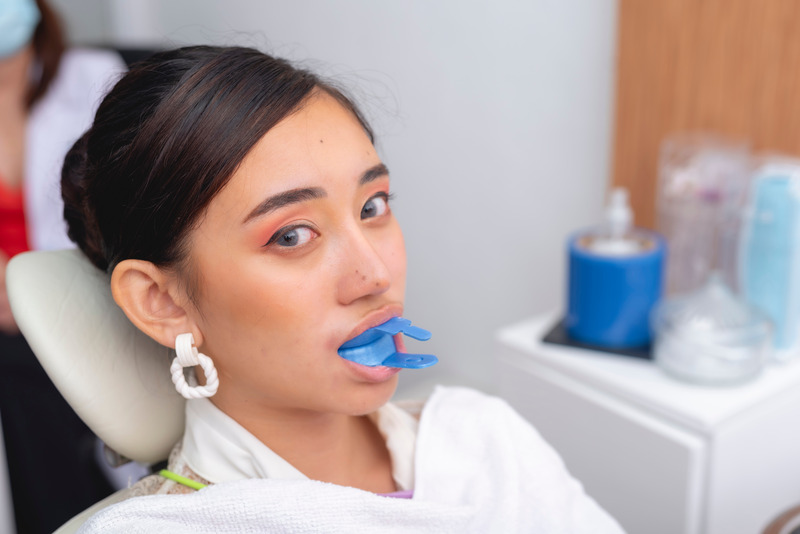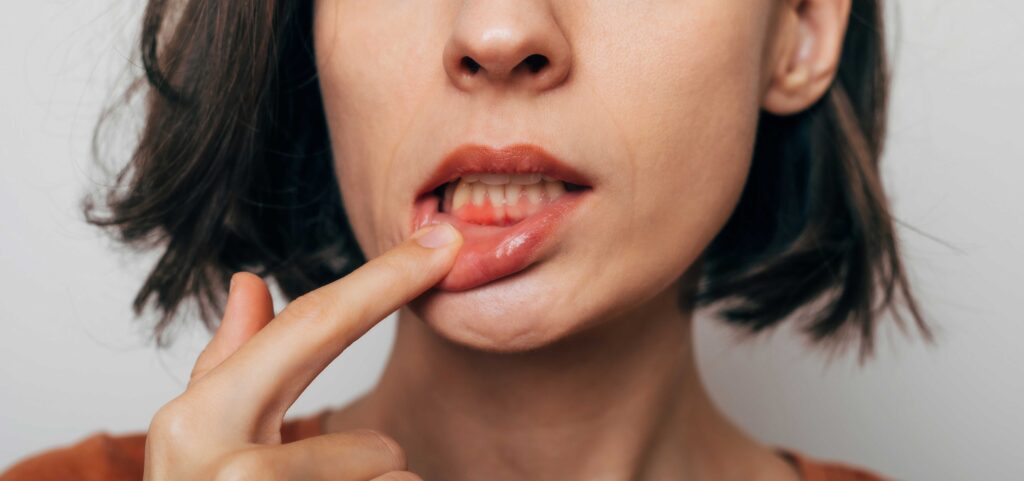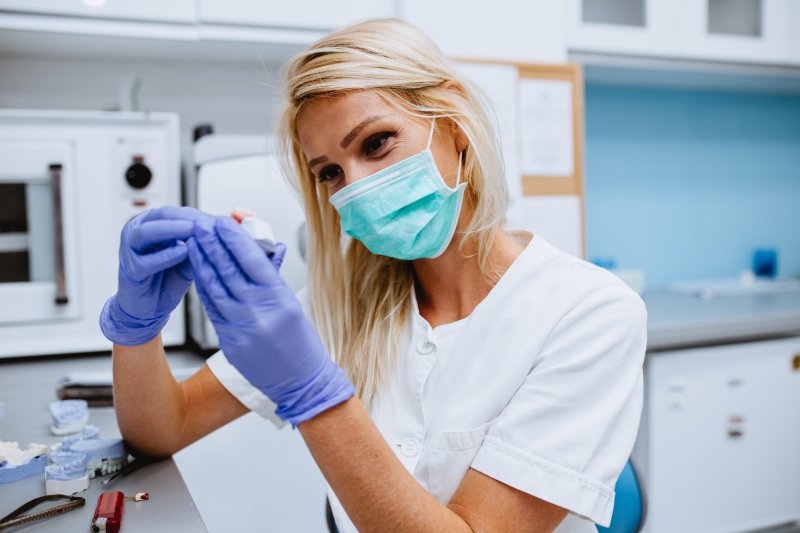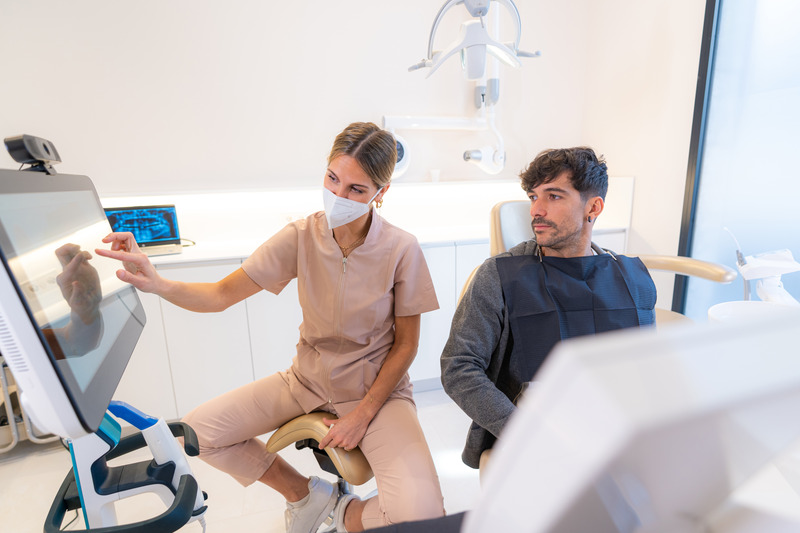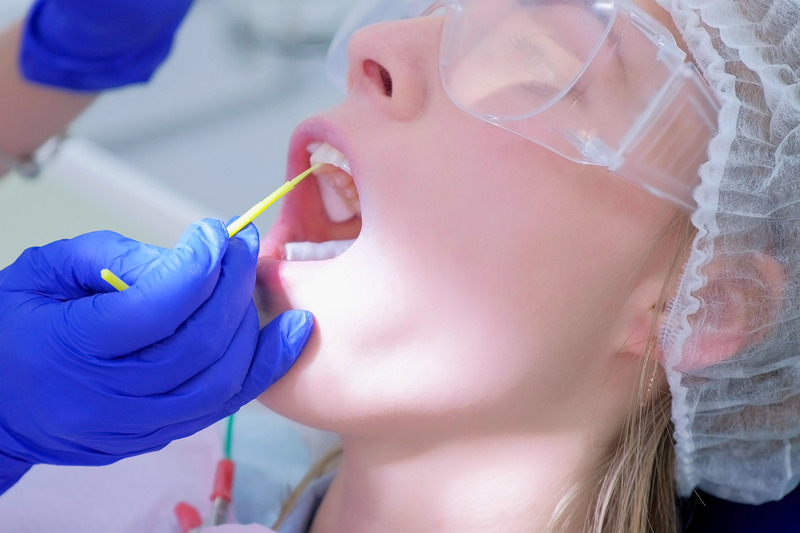
When you think of fluoride treatments, you probably picture the bubblegum-flavored stuff kids get at the dentist. But here’s the truth: fluoride isn’t just for children. Adults can benefit from it too—especially if you’re hoping to hang onto your pearly whites for the long haul. Continue reading to learn more about fluoride, its benefits, and why you might need a little “tooth boost” yourself!
(more…)
